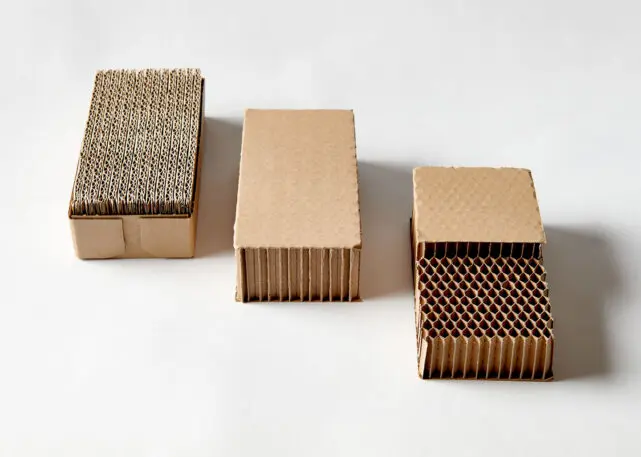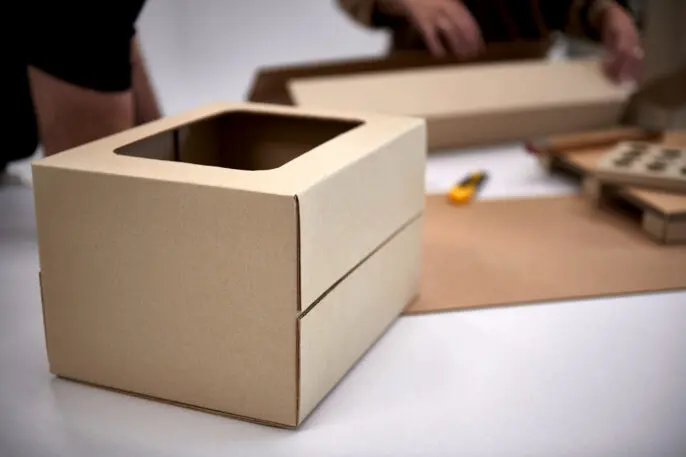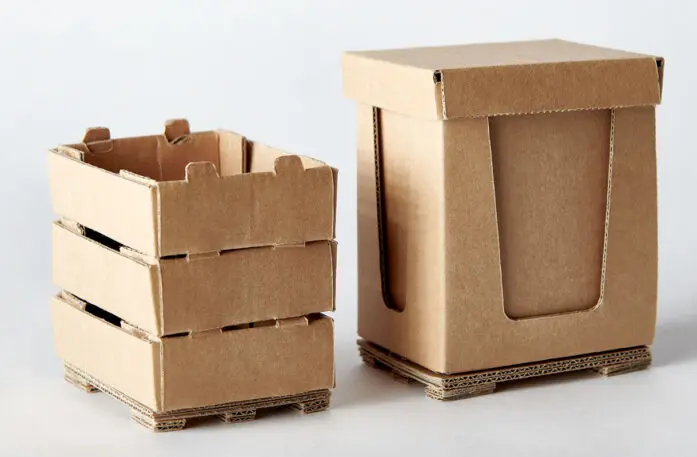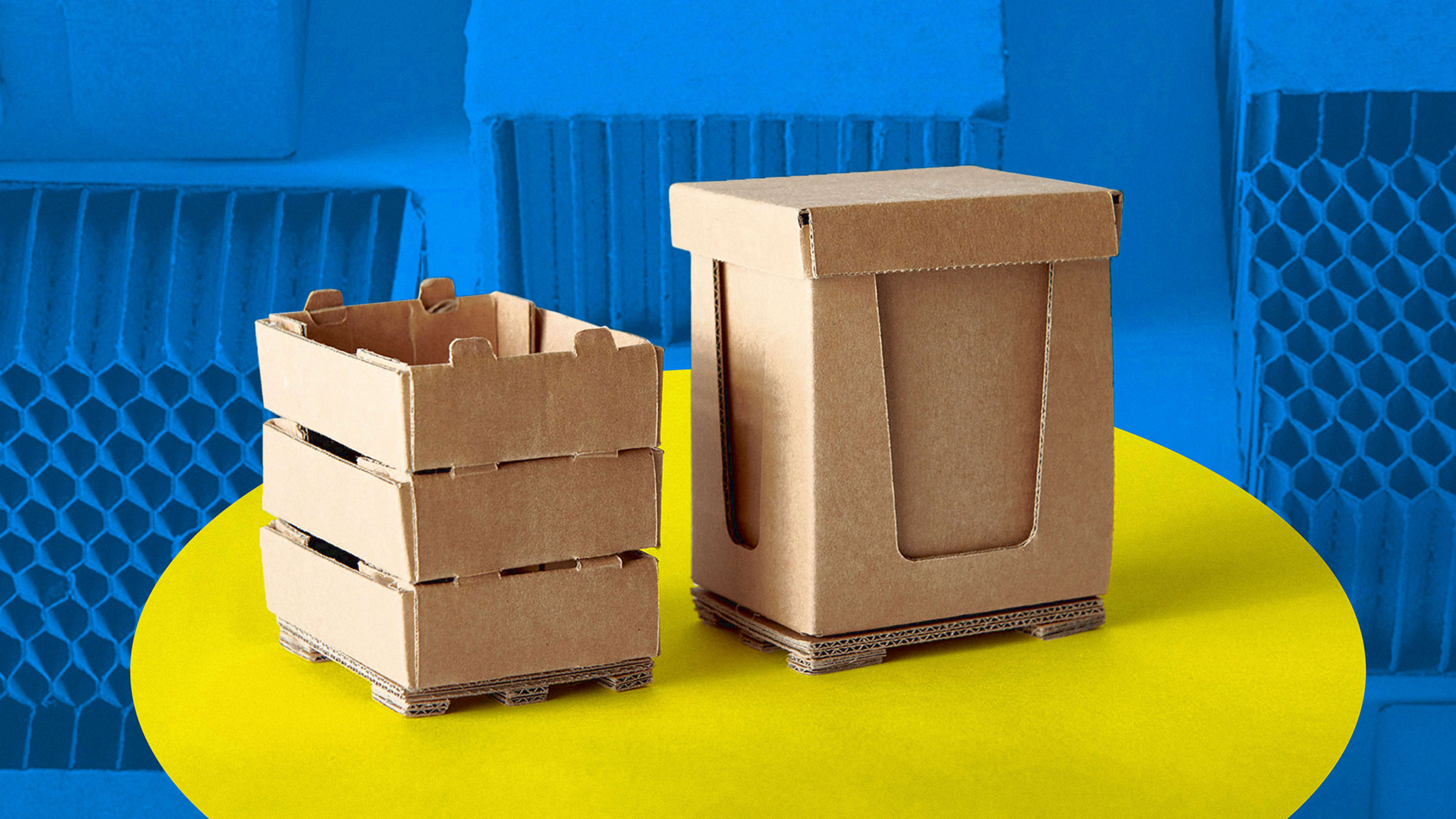In the past, if you bought LED lightbulbs at Ikea, they probably would have been in a plastic blister pack—something that’s both hard to open and likely to end up in the trash, since most plastic packaging isn’t recycled. But the company’s newest line of bulbs now comes in paper boxes instead. It’s one step in Ikea’s plan to systemically phase out plastic packaging.
By 2025, all new Ikea products will come in plastic-free packaging, with the exception of some food products that need to use it for food safety and to prevent food waste. By 2028, all existing products will also be packaged without plastic, part of Ikea’s larger goal to transition to become a fully “circular” company.

The company previously explored mushroom-based packaging to replace styrofoam, for example, though for now, it’s too difficult for manufacturers to produce the scale of packaging Ikea needs. Other startups are exploring packaging materials made from waste from the food industry, from coconuts to the byproducts of beer brewing. Ikea is also beginning to use waste from its own production in some packages, such as packaging for textiles sewn from scraps of the material.


When Ikea uses plastic in some food packaging, both because of regulatory requirements and performance, it plans to shift to recycled or plant-based material rather than virgin plastic made from fossil fuels. “Plastic for now is, in many cases, the most sustainable option, compared to packing something in paper, and then the shelf life would be much lower, or you’d have more food waste, which is even worse from a sustainability point of view,” Kjellberg says. “So plastic will be used in food. But when we still have to use the plastics, we will make sure that they are from renewable sources or recycled.”
Recognize your brand’s excellence by applying to this year’s Brands That Matter Awards before the early-rate deadline, May 3.
